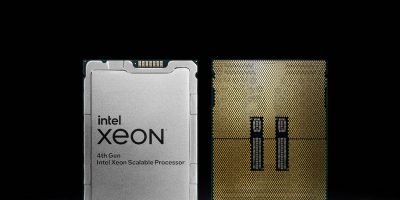Building on the successful reception of the Kria range of adaptive system on modules (SoMs), AMD has announced an ecosystem program designed to deliver production-grade, fully functional Kria SOM-based products that help customers get to market faster without the need for dedicated chip-design resources.
Developers can enjoy a turnkey experience with a full software stack and application support backed by established partners, said AMD.
Currently available ODM partner products developed via the Kria ODM Ecosystem, and powered by the K26 SoM, include, the Ectron IIoT edge gateway, the Optomotive industrial smart camera and the VVDN edge AI appliance.
The Ectron IIoT edge gateway allows users to deploy edge analytics and advanced machine control to optimise big data from smart factories.
The Optomotive industrial smart camera is a programmable, high-speed, industrial camera which can be added to system and used for laser triangulation, motion capture, industrial process automation and industrial quality control.
The VVDN edge AI appliance can be used to deploy an eight-channel AI edge appliance (the Kria K26 SoM and Kinara Ara-1 processors) with support for high-performance vision AI applications at a fraction of the cost of competitive GPU options, claimed AMD. It has application potential in smart city and retail applications.
Initially targeting smart cities, security, retail, industrial IoT and machine vision applications, these and other Kria SoM-based solutions developed by AMD’s industry partners will allow users to take advantage of the processing power and adaptability of Kria SoMs in pre-built, deployment-ready platforms that can quickly be customized, branded and taken to market.
Featuring adaptive computing with software and hardware re-programmability, users can quickly add features over the air and optimise system performance according to each task’s needs. AMD continued that this provides unparalleled flexibility.







